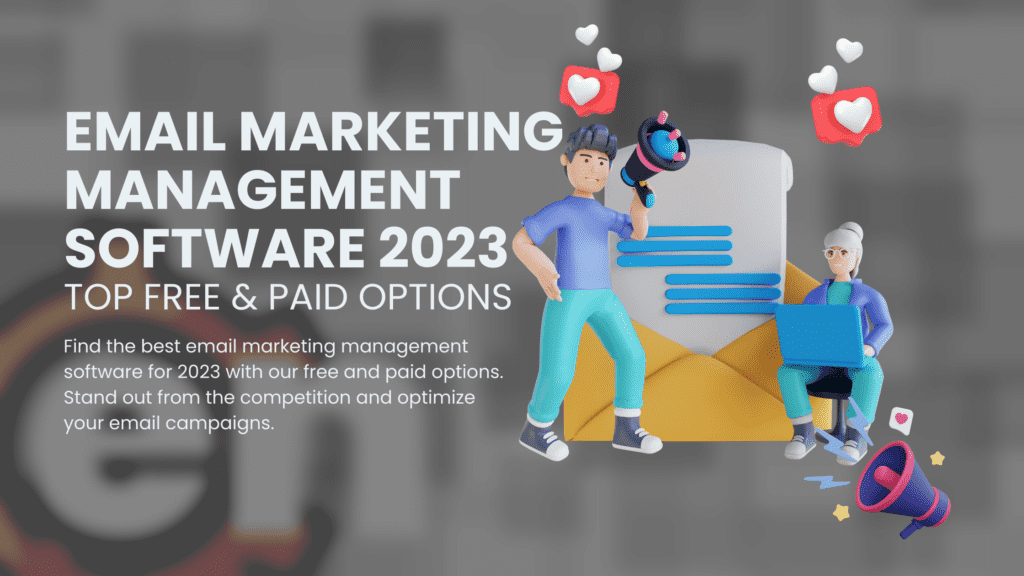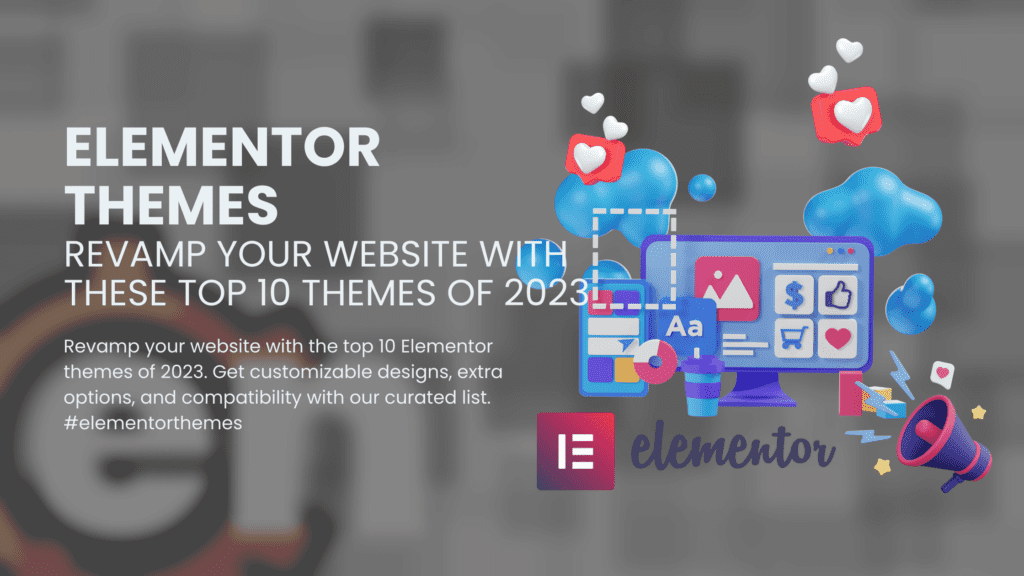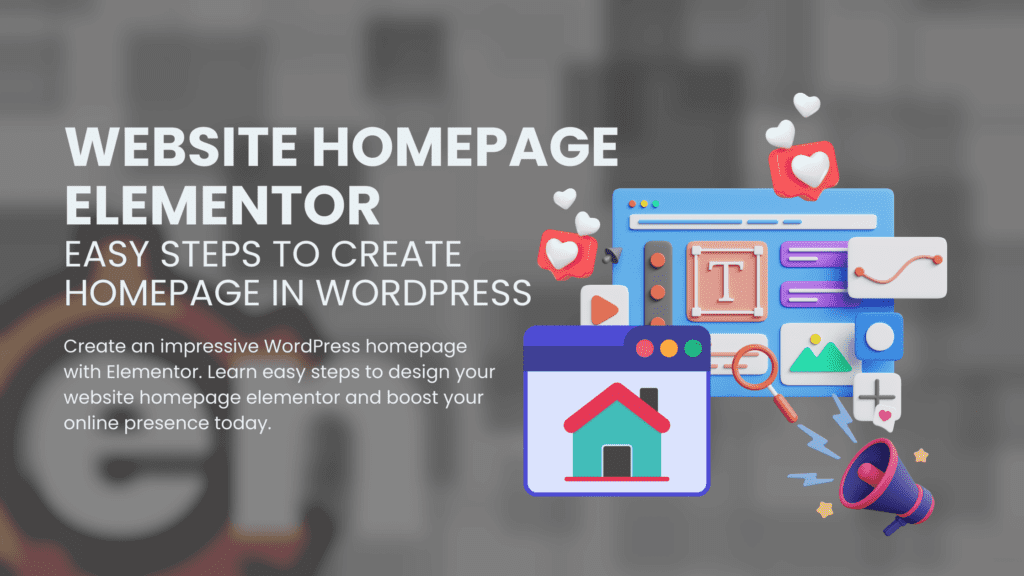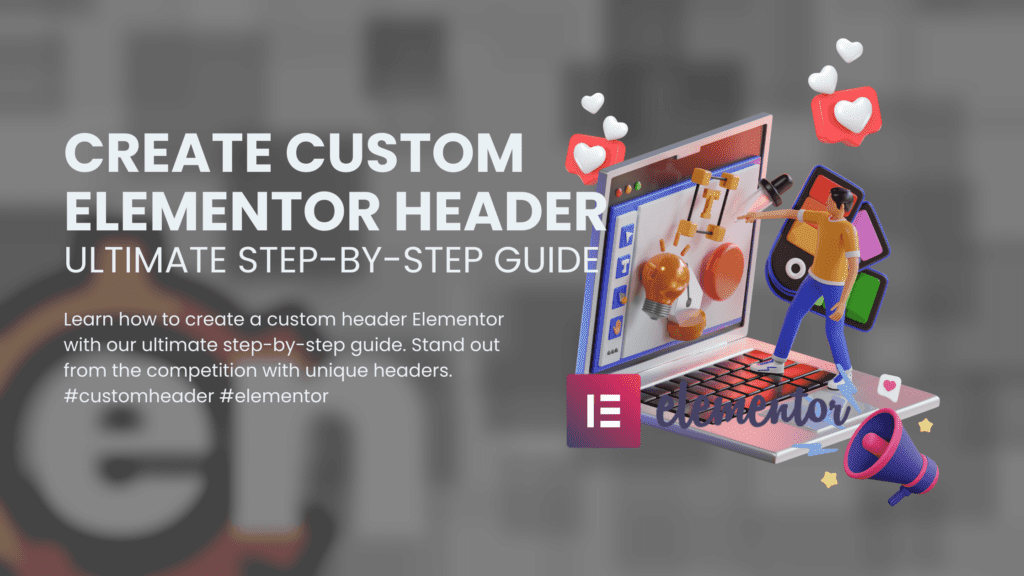
Optimizing your website for search engines can be a daunting task, especially if you’re just starting out. SEO experts recommend that beginners focus on understanding the basics of SEO to achieve success in their online prospects. In this overview, we will cover the essential steps that beginners can take to improve their website’s SEO for beginnersand increase their visibility in search engine results pages (SERP).

The first thing beginners should do is set up Google Analytics and Google Search Console to track their website visitors and monitor their SEO progress. These tools provide valuable insights into how users interact with your website, which pages are performing well, and where improvements can be made.
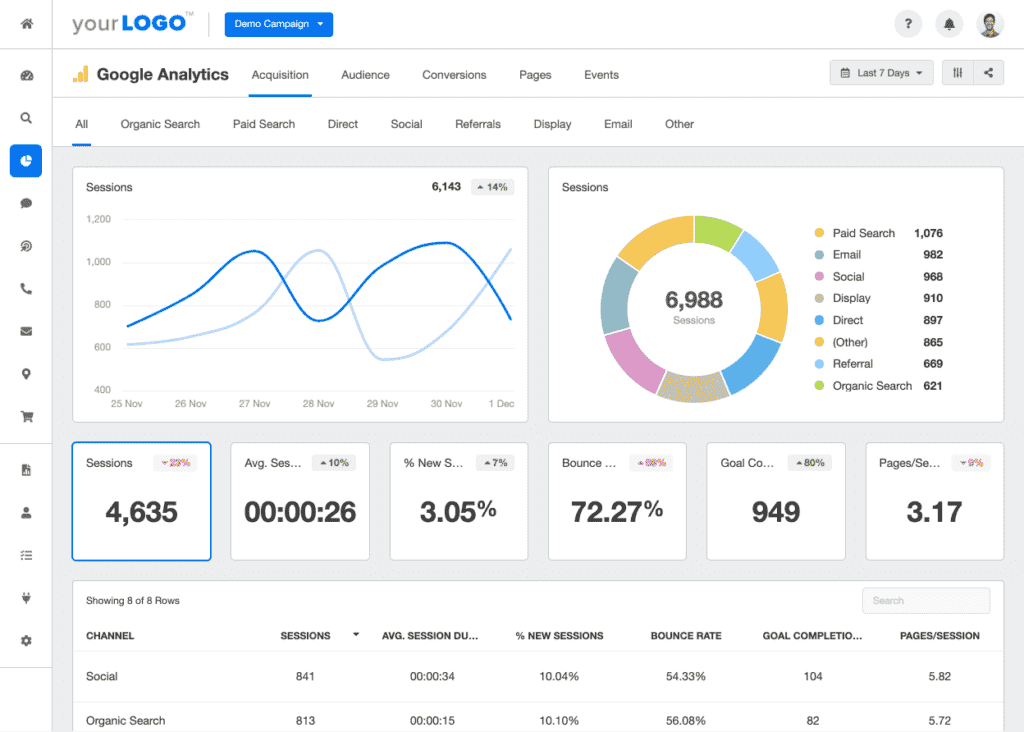
One of the most critical aspects of SEO is keyword research. Beginners must understand how to identify relevant keywords for their content and optimize them throughout their site. Meta descriptions and title tags are also crucial elements that should not be overlooked as they play a significant role in SERP rankings.
Creating high-quality content is another essential step towards improving your website’s SEO. Content should be informative, engaging, and relevant to your audience. It’s also important to ensure that your site has a clear structure with easy-to-navigate pages.
Building backlinks from reputable sources is another effective way to improve your website’s authority and ranking in SERPs. However, it’s essential to note that not all backlinks are created equal; quality over quantity is key when it comes to building links.
SEO experts recommend focusing on user intent when creating content for your site. Understanding what users are searching for and tailoring your content accordingly can significantly impact your site’s visibility in SERPs.
If you’re a local business owner, optimizing for local search is crucial for attracting nearby customers. This involves creating location-specific pages on your site, claiming listings on local directories such as Google My Business, and ensuring that your NAP (name, address, phone number) information is consistent across all platforms.
Finally, implementing an SSL certificate on your site can improve your website’s security and credibility in the eyes of search engines. This is especially important for e-commerce sites that handle sensitive customer information.
Understanding the Basic Principles of SEO for Beginners
SEO Basics: Understanding the Core Algorithm of Search Engines
Optimizing your website for search engines can be a daunting task, especially if you’re new to SEO. However, understanding the basic principles of SEO is crucial for improving your website’s visibility and ranking in search engine results pages (SERPs). In this post, we’ll discuss the core algorithm of search engines and how you can optimize your website to improve its ranking.
Creating High-Quality Content
One of the most important aspects of SEO is creating high-quality content that provides value to your audience. Your content should be informative, engaging, and relevant to your target audience. It should also be optimized with keywords that are relevant to your business or industry.
When creating content for your website, it’s important to focus on quality over quantity. While it’s tempting to create as much content as possible in an effort to rank higher in SERPs, this approach can actually hurt your rankings. Instead, focus on creating high-quality content that provides value to your audience and answers their questions.
Optimizing Keywords
Another important aspect of SEO is optimizing keywords on your website. Keywords are the words or phrases that people use when searching for information online. By optimizing keywords on your website, you can improve its visibility in SERPs.
When optimizing keywords on your website, it’s important to choose keywords that are relevant to your business or industry. You should also avoid keyword stuffing – using too many keywords on a page can actually hurt its ranking in SERPs.
Building Backlinks
Backlinks are links from other websites that point back to yours. They’re an important factor in SEO because they signal to search engines that other websites consider yours valuable enough to link back to it.
To build backlinks for your website, you can reach out to other websites in your industry and ask them if they’d be willing to link back to yours. You can also create high-quality content that other websites will want to link back to.
Keeping Up with the Latest SEO Trends and Updates
Finally, it’s important to keep up with the latest SEO trends and updates. Search engines are constantly updating their algorithms, which can impact your website’s ranking in SERPs.
To stay ahead of the competition, you should regularly read industry blogs and publications that cover SEO topics. You should also attend conferences and webinars that focus on SEO.
How Search Engines Work: A Beginner’s Guide
Crawling and Indexing
Search engines work by using a process called crawling and indexing to find and store information about websites. Crawling is the process of discovering new web pages. Search engines use bots, also known as spiders or crawlers, to follow links from one page to another. When a bot finds a new page, it reads the content and follows any links on that page to discover more pages.
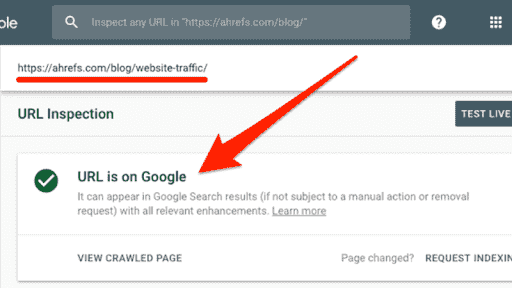
Once the bot has found a page, it adds it to an index. The index is like a giant database that contains information about all the pages that the bot has discovered. The index allows search engines to quickly find relevant pages when someone searches for something.
Google Algorithm
The Google algorithm is a complex set of rules that determines which websites appear in organic search results. Organic search results are the listings that appear below the ads on a search engine results page (SERP). The algorithm takes into account hundreds of factors when deciding which pages to show for a given query.
One important factor is relevance. Google tries to show pages that are most relevant to what someone is searching for. This means that if someone searches for “how to bake bread,” Google will try to show pages about baking bread rather than pages about gardening or car repair.
Another important factor is authority. Google wants to show pages from websites that are authoritative and trustworthy. This means that if two pages have similar content, but one comes from a well-known website like The New York Times while the other comes from an unknown blog, Google will be more likely to show the New York Times article.
Search Engine Traffic
Search engine traffic refers to the visitors who come to a website from a search engine, either through organic searchor paid search ads. Organic search traffic comes from people clicking on organic search results on a SERP. Paid search traffic comes from people clicking on paid ads on a SERP.
Search engine traffic can be very valuable for website owners because it is highly targeted. If someone searches for “best running shoes,” and clicks on a link to a website that sells running shoes, they are likely to be interested in buying something.
Google Search Console
Google Search Console is a free tool that helps website owners monitor their search traffic and optimize their sitefor better performance. It provides information about which queries people are using to find your site, which pages are getting the most clicks, and how often your pages are appearing in search results.

Search Console also allows you to submit sitemaps, which are files that tell Google about all the pages on your site. This can help Google discover new pages more quickly.
Importance of Using a Good Web Host
A good web host ensures that your website is accessible to users at all times. When a user types in your website’s URL, they expect to see your website instantly. If your website takes too long to load or if it is not available, users will quickly move on to the next one. This can result in a high bounce rate and decreased traffic over time.
A reliable server provided by a good web host can improve your website’s loading speed, which benefits both users and search engines. Google has stated that page speed is a ranking factor in their algorithm. A faster loading website means that Google can crawl more pages within the allocated time, which can lead to better indexing and higher rankings. Furthermore, users are more likely to stay on a site that loads quickly, resulting in improved engagement metrics such as time on site and pages per session.
Using a good web host is also a great way to ensure that your website is secure and protected from cyber threats. Cybersecurity attacks are becoming increasingly common these days, especially for websites with sensitive data such as e-commerce sites or those with login portals. A good web host will provide you with security features such as SSL certificates, firewalls, malware scanning tools, and regular backups of your site’s data.
The good news is that there are many affordable web hosting options available for website owners. You don’t have to break the bank just to get reliable hosting services for your site. Many providers offer shared hosting plans that are perfect for small businesses or personal blogs with low traffic volume.
Investing in a good web host can lead to long-term benefits for your website’s SEO and overall success. By ensuring that your site is always up and running smoothly without any downtime issues or slow loading times, you are providing an excellent user experience for visitors which can translate into higher engagement metrics and conversions over time.
Creating a Logical URL and Site Structure
URL structure is an essential aspect of website design that can significantly impact your site’s search engine rankings. A logical URL structure helps search engines understand the hierarchy of your website’s content, making it easier for them to crawl and index your pages. A well-designed site structure can improve user experience by making it easy for visitors to navigate your site.
Organizing Your Site Structure
When designing a new site or revamping an existing one, you should start by organizing your content into categories and subcategories. This will help you create a clear hierarchy of information on your site, which in turn will make it easier for both users and search engines to navigate.
One way to organize your content is by using topic clusters. Topic clusters are groups of related pages that cover a specific topic or theme. By grouping related content together, you can create a more organized and coherent site structure that makes it easy for visitors to find what they’re looking for.
Creating Clear and Concise URLs
Once you’ve organized your content into categories and subcategories, you’ll need to create clear and concise URLsthat reflect the hierarchy of your site’s content. Your URLs should be descriptive but not too long or complicated.
For example, if you have a category called “Blog,” the URL for each blog post should include the category name followed by the post title: www.yoursite.com/blog/post-title/. This makes it easy for both users and search engines to understand where each page fits within the overall structure of your site.
Clean Source Code
In addition to having a logical URL structure, it’s also important to ensure that the source code of your website is clean and free of errors. Search engines rely on clean code to properly crawl and index web pages.
To ensure that your source code is clean, use tools like W3C Markup Validation Service or Google Search Console’s HTML Improvements report. These tools will help you identify any errors or issues with your code that could be impacting your site’s search engine rankings.
Optimizing Forms for User Experience
Forms are an essential part of many websites, but they can also be a source of frustration for users if they’re not well-designed. To improve user experience and increase conversions on your site, it’s important to optimize your forms.
Some best practices for form optimization include keeping the number of fields to a minimum, using clear and concise language in form labels and instructions, and providing feedback to users when they submit a form. By following these guidelines, you can create forms that are easy to use and encourage visitors to take action on your site.
On-Page and Technical SEO Best Practices
Technical SEO Best Practices for On-Page Optimization
Optimizing a website for search engines is a crucial aspect of digital marketing. Technical SEO best practices ensure that the website is optimized for search engines and provides an excellent user experience. In this section, we will discuss some of the best practices to optimize on-page elements.
Optimize Page Elements
Page elements such as title tags, meta descriptions, header tags, and image alt tags are essential components of technical SEO. Title tags should be descriptive and include relevant keywords to help search engines understand the content of the page. Meta descriptions provide a summary of what users can expect from the page and should also include relevant keywords.
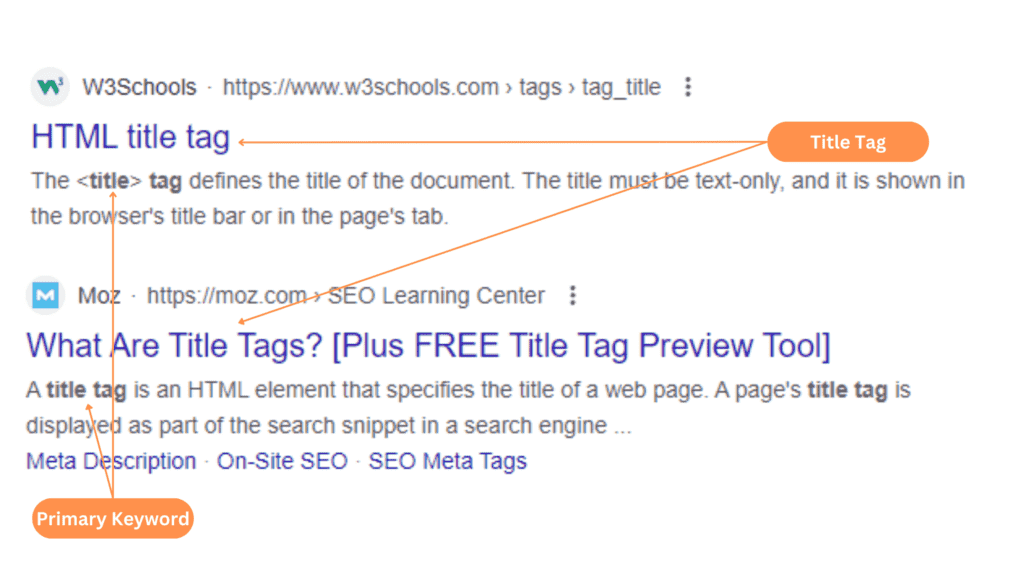
Header tags (H1-H6) help structure the content on the page and make it easier for users to read. The H1 tag should be used only once per page and should contain the primary keyword. Image alt tags provide context for images on a web page and improve accessibility for visually impaired users.
Improve Page Speed
Page speed is another critical factor in technical SEO best practices. A faster loading time can improve user experience and increase search engine rankings. Slow-loading pages can lead to high bounce rates, which negatively impact rankings.
To improve page speed, compress images, minify CSS and JavaScript files, reduce server response time, use browser caching, among others.
Optimize Landing Pages
Landing pages are essential in converting visitors into customers or leads. To optimize landing pages effectively, they must be optimized for specific keywords related to your business or product/service offering.
The landing pages must have clear calls-to-action (CTAs) that guide visitors towards taking action such as making a purchase or filling out a contact form.
On-Page Optimization Should Be Applied to All Web Pages
On-page optimization should not only be applied to the first page but all web pages on your site. This ensures that all pages have an equal chance of ranking higher in search engine results pages (SERPs).
Other Pages on Your Site Should Be Optimized
While the homepage and landing pages are crucial, other pages on your site should also be optimized. These include product or service pages, blog posts, and about us pages. By optimizing all web pages with relevant keywords and meta descriptions, you increase the chances of ranking higher in SERPs.
Optimizing Title Tags and Meta Descriptions
Title tags and meta descriptions are two of the most important metadata elements for optimizing a webpage. They provide search engines with information about the content of a page, which helps them understand what it’s about and how to rank it in search results. In this article, we’ll discuss how to optimize title tags and meta descriptions for high rankings.
Using Relevant Keywords
One of the most important aspects of optimizing title tags and meta descriptions is using relevant keywords. These are words or phrases that people use when searching for information online. By including these keywords in your title tag and meta description, you’re telling search engines that your page is relevant to those queries.
When choosing keywords, it’s important to consider both the topic of your article and the intent behind the searcher’s query. For example, if you’re writing an article about “seo for beginners,” some relevant keywords might include “seo basics,” “seo tips,” or “how to do seo.” By including these keywords in your title tag and meta description, you’re signaling to search engines that your page contains valuable information on this topic.
Creating Unique Headlines
Another important aspect of optimizing title tags is creating unique headlines that stand out from other pages in search results. Your headline should be compelling enough to entice people to click through to your page. It should also accurately reflect the content of your page so that people know what they’re getting into before they click.
To create a unique headline, try using numbers (e.g., “10 Tips for Optimizing Title Tags”), asking a question (e.g., “What Are Title Tags?”), or making a bold statement (e.g., “The Ultimate Guide to Optimizing Title Tags”). These types of headlines are more likely to grab people’s attention than generic titles like “Optimizing Title Tags.”
Writing Concise Descriptions
In addition to creating unique headlines, it’s important to write concise and informative meta descriptions. Your meta description should provide a brief summary of what your page is about and why someone should click through to read it.
When writing your meta description, try to keep it under 155 characters so that it doesn’t get cut off in search results. Use active voice and include relevant keywords to help people understand what your page is about. You can also use this space to highlight any unique features or benefits of your article, such as “step-by-step instructions” or “expert tips.”
WordPress Users Can Easily Optimize
If you’re using WordPress to manage your website, optimizing title tags and meta descriptions is easy thanks to plugins like Yoast SEO or Rank Math SEO Pack. These plugins allow you to easily edit the metadata for each page on your site, including the title tag and meta description.
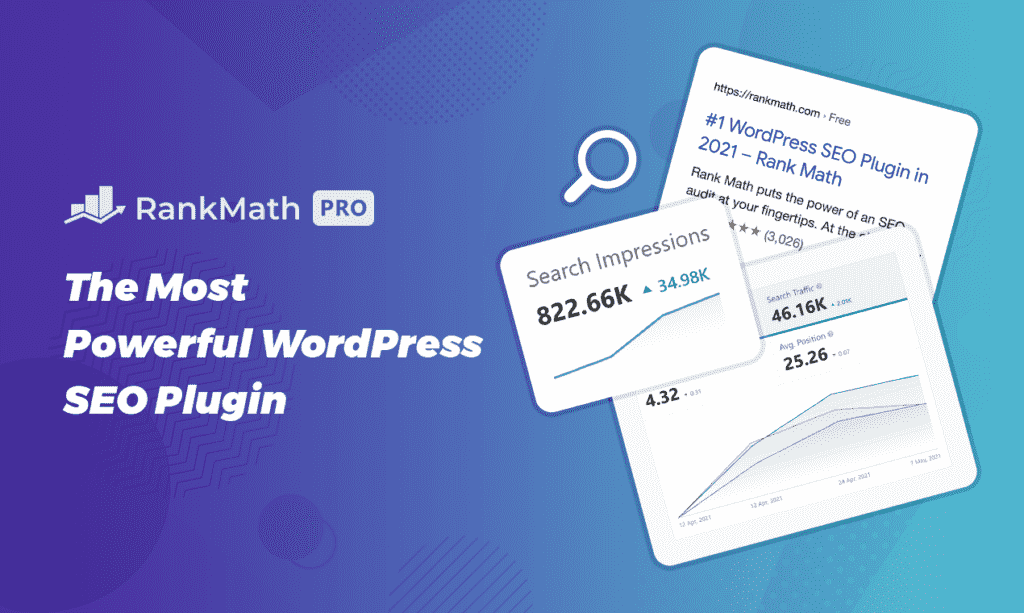
To optimize your title tag and meta description using Rank Math SEO, simply navigate to the “SEO” section of your post editor and enter your desired title tag and meta description. The plugin will provide real-time feedback on how well-optimized these elements are for search engines.
Keyword Research Best Practices: Beyond Search Volume and Difficulty
Beyond Search Volume and Difficulty: Keyword Research Best Practices
Keyword research is a crucial aspect of SEO that helps businesses to identify the most relevant keywords to target in their content. While keyword research tools provide search volume and difficulty metrics, targeting high search volumes alone may not lead to relevant traffic. In this blog post, we will discuss the best practices for keyword research beyond search volume and difficulty.
1. Target Relevant Keywords, Not Just High Search Volumes
Relevant keywords are more important than high search volumes if you are writing about “seo for beginners,” you should focus on keywords that are relevant to your topic such as “seo guide,” “seo tips,” or “seo basics” rather than just targeting high search volume keywords like “seo tool” or “seo software.“

To find relevant keywords, start with seed keywords that describe your topic and use a keyword tool to generate related terms. Look for long-tail keywords that have lower search volumes but higher relevance to your topic. By targeting these specific phrases, you can attract highly targeted traffic that is more likely to convert.
2. Focus on Search Intent
Search intent should be the primary focus when selecting target keywords, as it is a crucial ranking factor for search results. Understanding what users are looking for when they enter a particular query can help you create content that meets their needs.
For example, if someone searches for “best seo tools,” they are likely looking for a list of recommended tools rather than an explanation of how SEO works. By understanding the user’s intent behind the query, you can tailor your content accordingly and improve your chances of ranking higher in search results.
3. Consider Keyword Difficulty and Quality
While targeting relevant keywords is important, it’s also essential to consider keyword difficulty and quality when conducting keyword research. Keyword difficulty refers to how hard it is to rank for a particular keyword based on factors such as competition and search volume.
While targeting high difficulty keywords can be tempting, it’s important to consider the quality of the traffic you’ll receive if you do manage to rank for them. For example, if a keyword has high search volume but low relevance to your topic, you may attract a lot of traffic that doesn’t convert.
4. Use Long-Tail Keywords
Long-tail keywords are specific phrases that contain three or more words and have lower search volumes than broader keywords. While they may not generate as much traffic as broader terms, long-tail keywords are highly targeted and often have higher conversion rates.
For example, instead of targeting “seo” as a broad term, you could target long-tail phrases like “local seo services” or “seo for ecommerce.” By focusing on these specific phrases, you can attract users who are searching for exactly what you offer.
Link Building Strategies for SEO Success
Internal and External Links
One of the most important aspects of link building is creating a strong link profile that includes both internal and external links. Internal links are links from one page on your website to another, while external links are links from other websites to your site. Both types of links are important for SEO success.
Internal linking can help search engines understand the structure and hierarchy of your website, as well as which pages are most important. It can also help users navigate your site more easily and find related content. When creating internal links, it’s important to use descriptive anchor text that accurately reflects the content of the linked page.
External linking, on the other hand, helps establish your website’s authority and credibility by showing that other reputable sites consider your content valuable enough to link to. When acquiring external links, focus on high-quality sources with relevant content that is related to your business or industry.
High-Quality Linkable Assets
In order to attract external links, you need to have high-quality linkable assets such as blog posts, infographics, videos or other types of content that provide value to users. These assets should be informative, engaging and shareable in order to encourage others to link back to them.
Creating high-quality linkable assets requires research into what topics are popular in your industry or niche. You can use tools like Google Trends or BuzzSumo to identify trending topics and create content around those themes.
Anchor Text
Anchor text is the visible text that appears as a hyperlink on a webpage. It’s important because it helps search engines understand the context of the linked page. When choosing anchor text for internal or external links, use descriptive phrases that accurately reflect the content on the linked page.
Avoid using generic phrases like “click here” or “read more,” which don’t provide any context about where the link leads. Avoid keyword stuffing in anchor text by using too many exact match keywords, as this can be seen as spammy and harm your pagerank.
Link Equity
Link equity is the value or authority passed from one page to another through links. When acquiring external links, it’s important to focus on high-quality sources with relevant content that provide link equity. Avoid buying links or using nofollow links, which do not pass link equity and can harm your pagerank.
Instead, focus on creating valuable content that others will naturally want to link to. You can also reach out to influencers in your industry or niche and ask them to share your content with their followers.
Analyzing Metrics: Time on Page, Pages per Session, Session Duration, and Bounce Rate
Now that you have learned the basic principles of SEO and how search engines work, it’s time to dive deeper into analyzing metrics. As a beginner in SEO, it’s important to understand the significance of measuring your website’s performance through different metrics.
One of the most important metrics to track is time on page. This metric measures how long a user spends on a particular page before leaving. If your website has high bounce rates and low time on page, it may indicate that your content is not engaging enough or that there are technical issues hindering user experience.
Another important metric is pages per session. This metric measures the number of pages a user visits during one session on your website. A higher number of pages per session indicates that users are interested in exploring more content on your site.
Session duration is another crucial metric to track. It measures the length of time a user spends on your website during one session. A longer session duration indicates that users are finding valuable information and spending more time engaging with your content.
Finally, bounce rate is an essential metric to measure as it represents the percentage of visitors who leave after viewing only one page. High bounce rates can be caused by slow loading times or irrelevant content.
To track these metrics, you can use Google Analytics or any other analytics tool such as Rank Math if you are using WordPress. By analyzing these metrics regularly and making changes accordingly, you can improve your website’s performance report and increase conversion rates.

